eXperimental Kinematics Lab (XKL)
Mechanical Engineering
The Pennsylvania State University, University Park, PA 16802
H.J. Sommer III (hjs1-at-psu.edu)
Unmanned Aicraft for Agricultural Applications
H.J. Sommer, R.M. Crassweller, J.E. Kamininski, T.T. Lulis - State Horticultural Association of Pennsylvania
We are building a knowledge base and technology infrastructure to facilitate
collaboration between plant scientists, engineers, growers and government. Our
goal is to help scientists and farmers use unmanned aircraft to increase crop
yields, reduce production costs and prevent exposure to tedious or hazardous work
environments.
Map to Test Facility - Lat,Lon = 40.704927,-77.963771
APD map
Dual Beam Slip Resistance Sensor
H.J. Sommer -
Current methods to measure slip resistance of shoes on
flooring have limited reproducibility under wet or
dusty contaminated conditions. This project designed
a strain gage slip resistance sensor to simultaneously
measure normal force and friction force under a friction
coupon in contact with flooring. Design goals are manual
operation and reliable estimation of slip coefficient. Current
work focuses on validation against existing slipmeters
and on industrial design for commercialization.
Experimental Angular Velocity, Acceleration and Jerk from
Landmark Trajectories
H.J. Sommer, N. Okita
Least-squares methods were developed to determine the
Instantaneous Helical Axis (IHA) for angular velocity and
instantaneous angular acceleration and angular jerk from
experimental measurement of landmark trajectories. These
algorithms are used in biomechanics to determine
rotation of body segments from
photogrammetric measurement of markers attached to the
segments. Additionally, relative kinematics between
segments and instantaneous invariants of motion were
defined. The algorithms were computationally and experimentally
validated using an RSUR spatial mechanism.
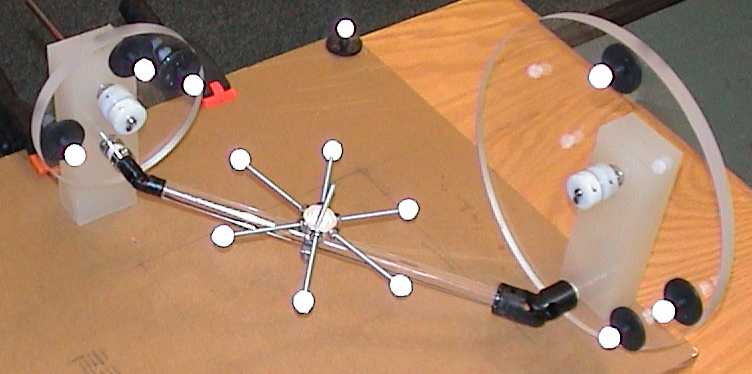
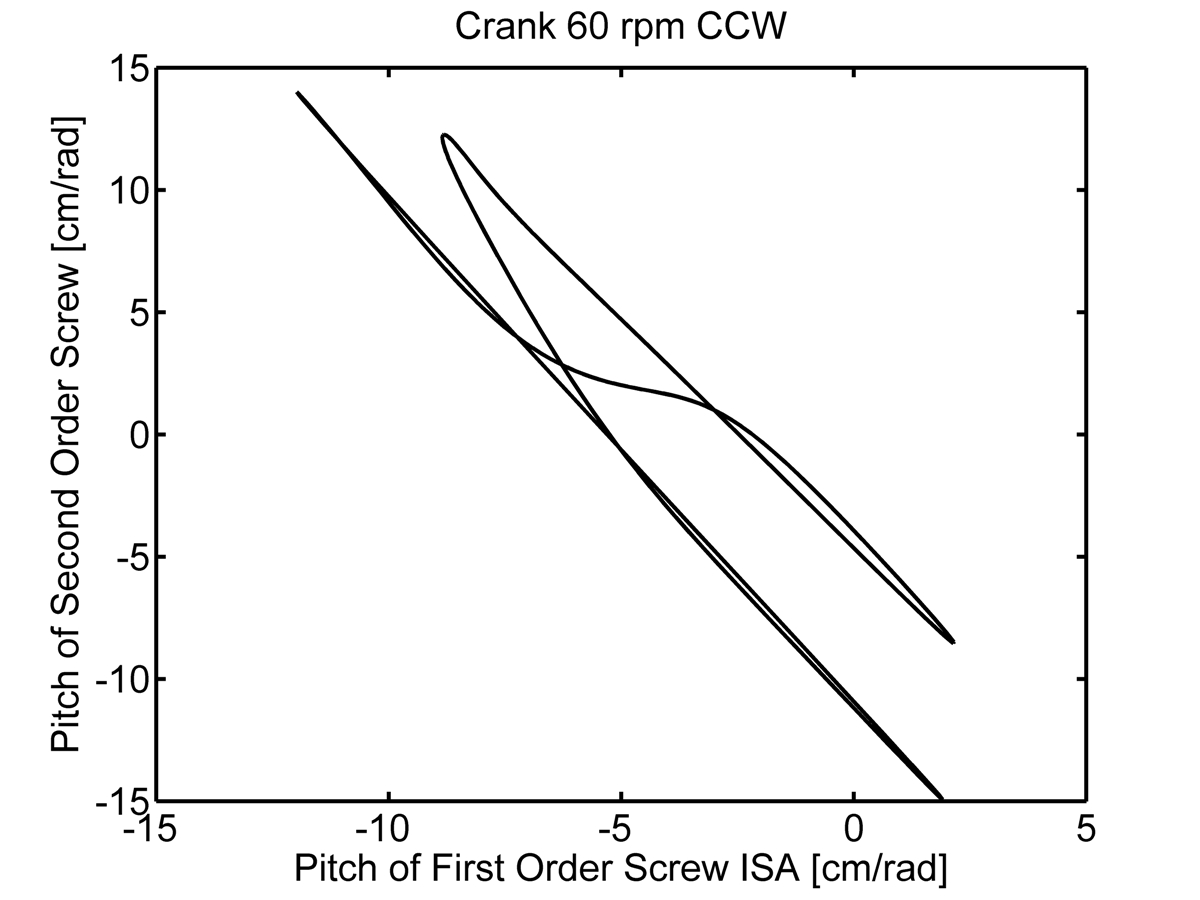
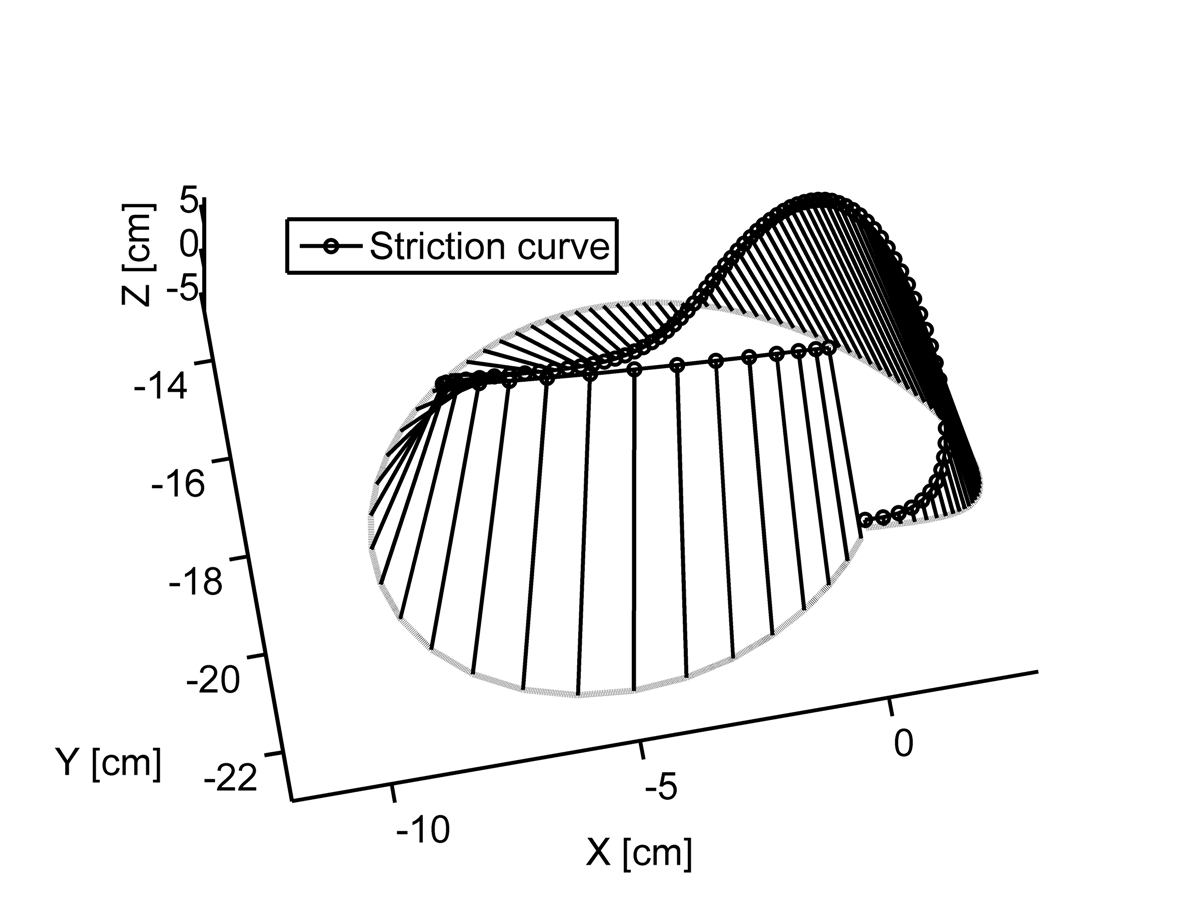
Superquadric Modeling of Pediatric Positional Plagiocephaly
H.J. Sommer, M.A. Dias
Sponsor - Woodward Foundation
The occurrence of positional plagiocephaly in infants has increased dramatically since
1992 when back sleeping was recommended to reduce Sudden Infant Death Syndrome. In
positional plagiocephaly, crania of infants may mold asymmetrically under gravity
loading if their heads are routinely positioned in the same orientation.
Unfortunately, clinical evaluations of plagiocephaly are still qualitative
and treatment outcomes are concomitantly difficult to document.
To address these measurement problems, a new method for quantifying cranial
shape and asymmetry has been developed to fit symmetric superquadric geometric
models to three-dimensional (3D) coordinate measurements from cranial surfaces.
Cranial surface asymmetry can then be quantified by deviation of the surface
measurements from the inherently symmetric superquadric model. Superquadric
parameters have simple geometric interpretation, are very reproducible and can
be statistically significant indicators of cranial shape.
Plagiocephaly
Before treatment
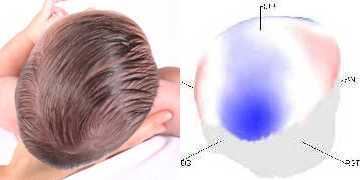
After treatment
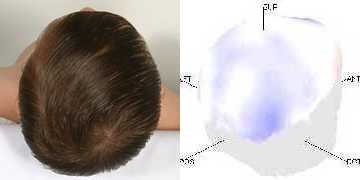
Cranial Map of Scalping Artifact
G.R. Milner, H.J. Sommer
Three-dimensional measurements of knife cut marks on multiple dried
skulls were digitized and mapped onto standard cranial models to help
identify patterns used during scalping.
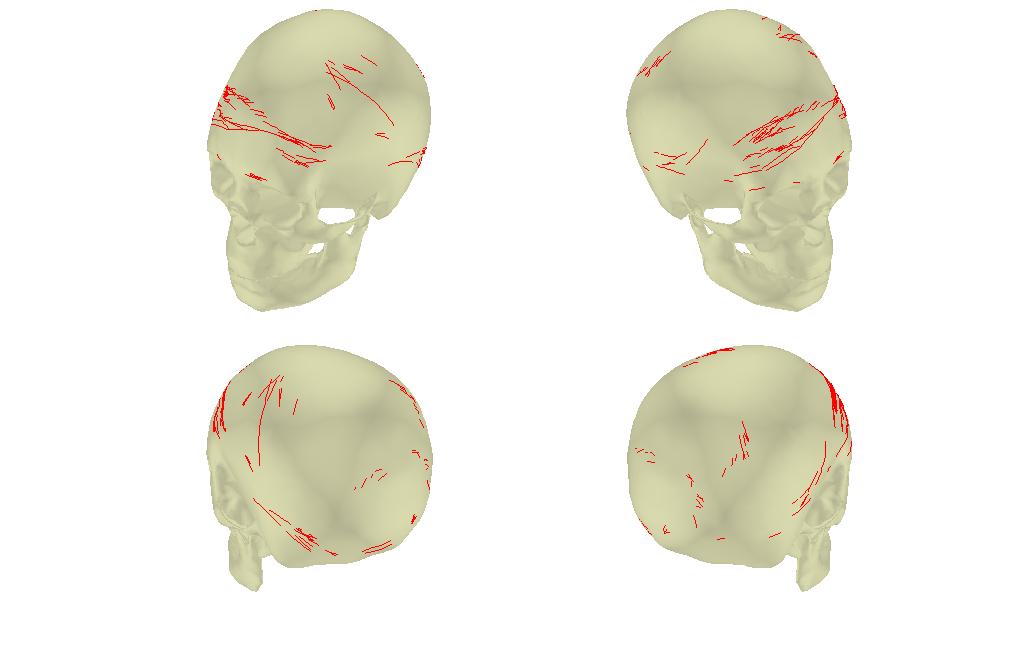
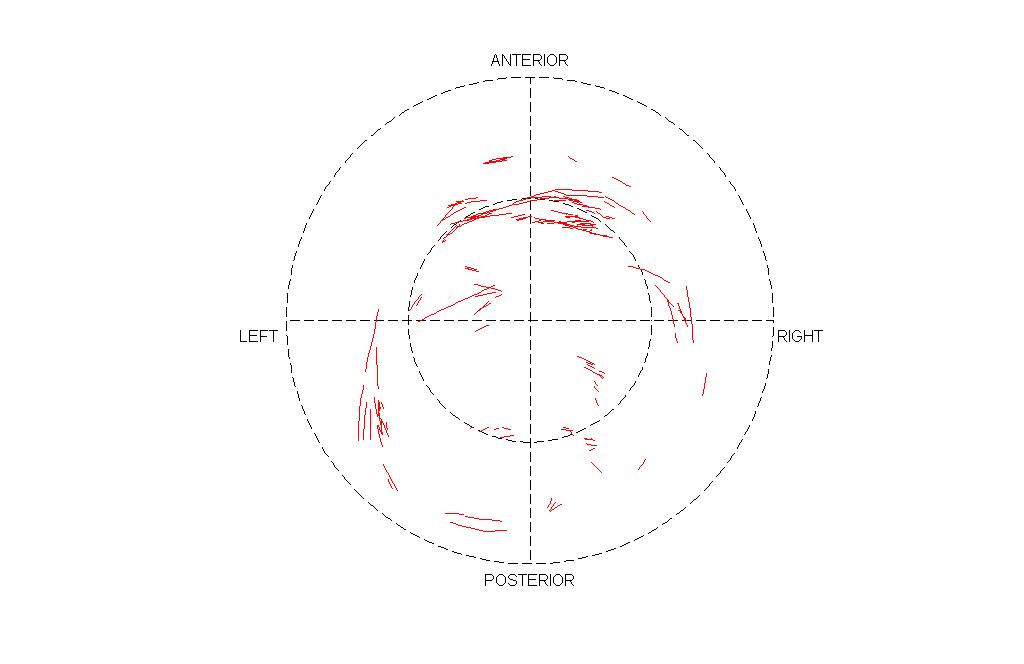
Farm Tractor Stability Systems to Improve Operator and Mechanical Performance
D.J. Murphy, P.J. Garvey, S.N. Brennan, H.J. Sommer
Sponsor - NIOSH New York Center for Agricultural Medicine and Health (NYCAMH)
The objective of this research is to reduce the number of deaths and injuries caused by farm tractor
overturn through the development of technology-assisted training and tilt alerting tools for tractor
operators, and through mechanical tractor overturn intervention. To accomplish this objective, we
propose four specific goals centered about one key question: Can tractor overturns be prevented using
cost effective and readily implemented technology?
Goals 1-3 focus on: a) understanding the causation of tractor overturn by probing operator psychology;
and b) reducing exposure to side overturns through operator intervention by introducing tractor tilt
sensors and display systems alerting drivers to excessive tilt. Goal 4 focuses on low cost commercially
available tilt sensors and the industry standard CAN bus (an in-vehicle communication device installed
in most tractors) for active mechanical or engineering intervention of rear overturn.
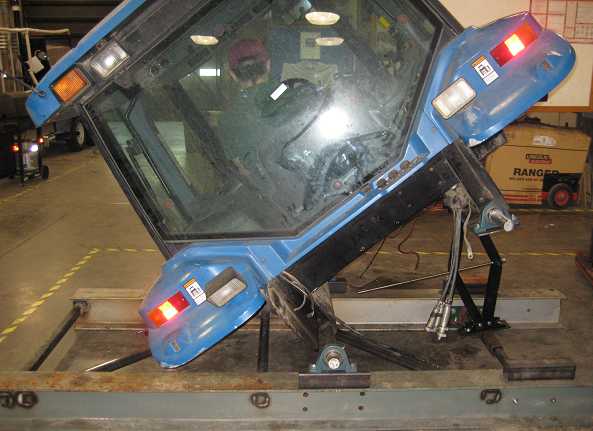
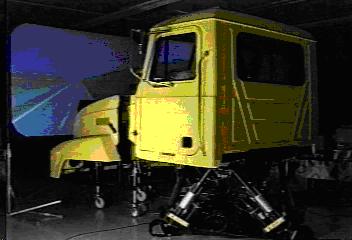
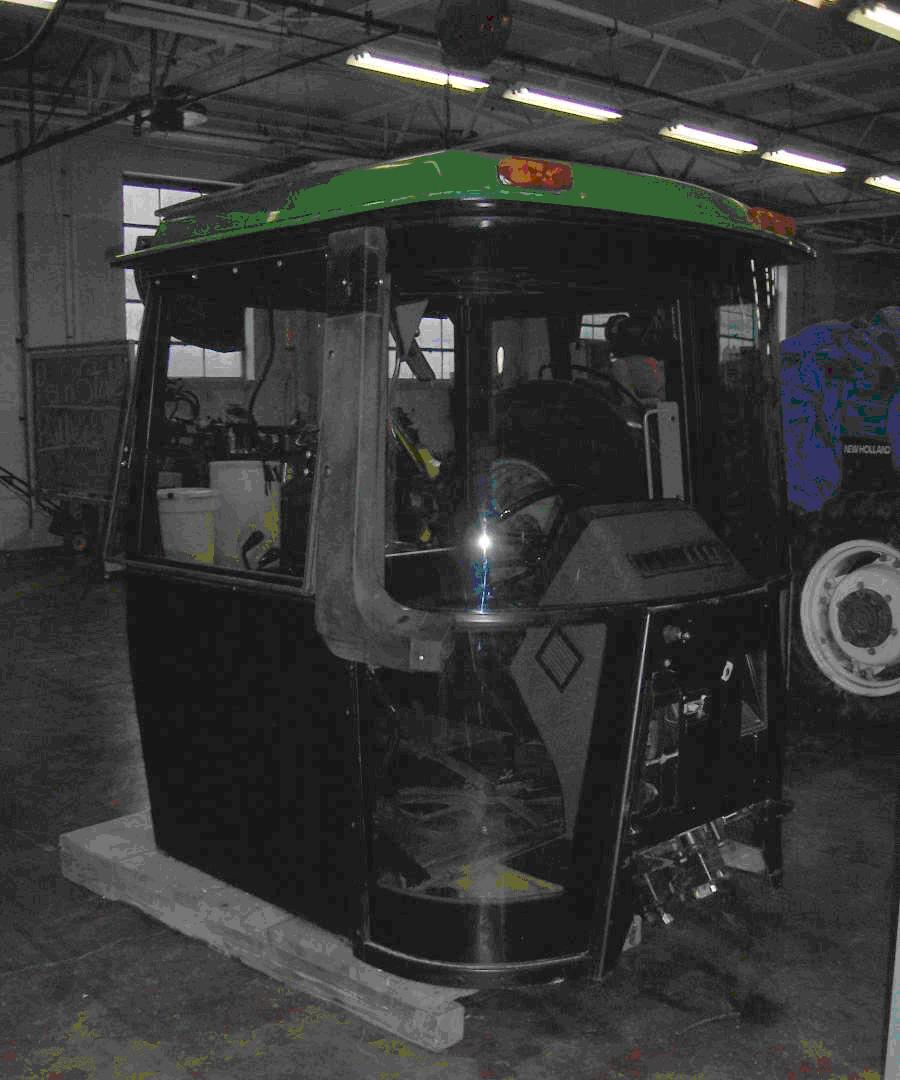
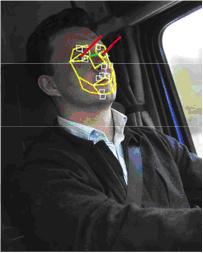
Overturn images and movies
Slip Sensing for Robot Feet
H.J. Sommer, N. Okita
Sponsor - Honda
A novel foot slip sensor is proposed to help predict loss of traction under the feet of walking robots. The sensor will use a Kalman filter and simple inertial measurement unit (IMU) to identify slip when the covariance of MEMS angle and angular rate sensors exceeds a threshold. This concept can assess stable landing of the foot as well as monitor the stance phase of loading. It may also be able to measure impending macroslip by microslip of compliant sole material.
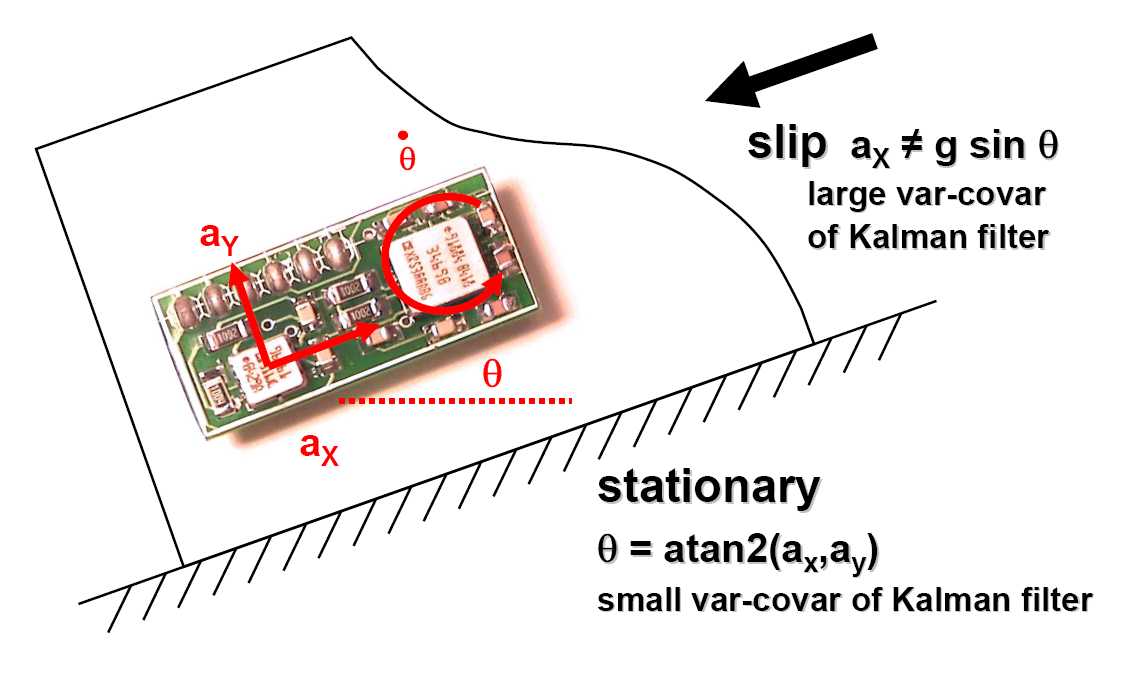
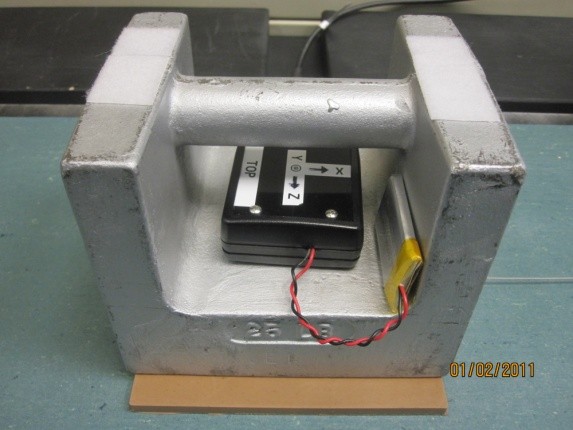
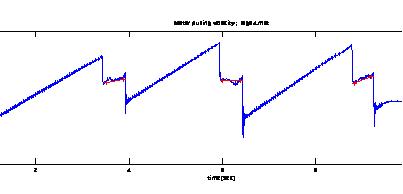
Overturn Stability and Traction Control of Unmanned Ground Vehicles
H.J. Sommer
Sponsor - U.S. Army Engineer Research and Development Center (ERDC) Cold Regions Research
and Engineering Lab (CRREL)
A new generation of unmanned ground vehicles (UGV) have been developed
for military, hazardous environment and construction applications. While removing
the human operator from the vehicle increases safety of the operator,
it dramatically reduces safety of the vehicle. In particular loss of lateral
traction and front/side overturn are problematic because the operator no longer
has vestibular and kinesthetic feedback to assess vehicle stability. They can
no longer feel vehicle attitude, vibration and motion "by the seat of the pants".
Newer high speed UGVs further exacerbate stability problems. This project will
address low-cost MEMS sensors that can
help UGV operators better monitor vehicle stability and traction.
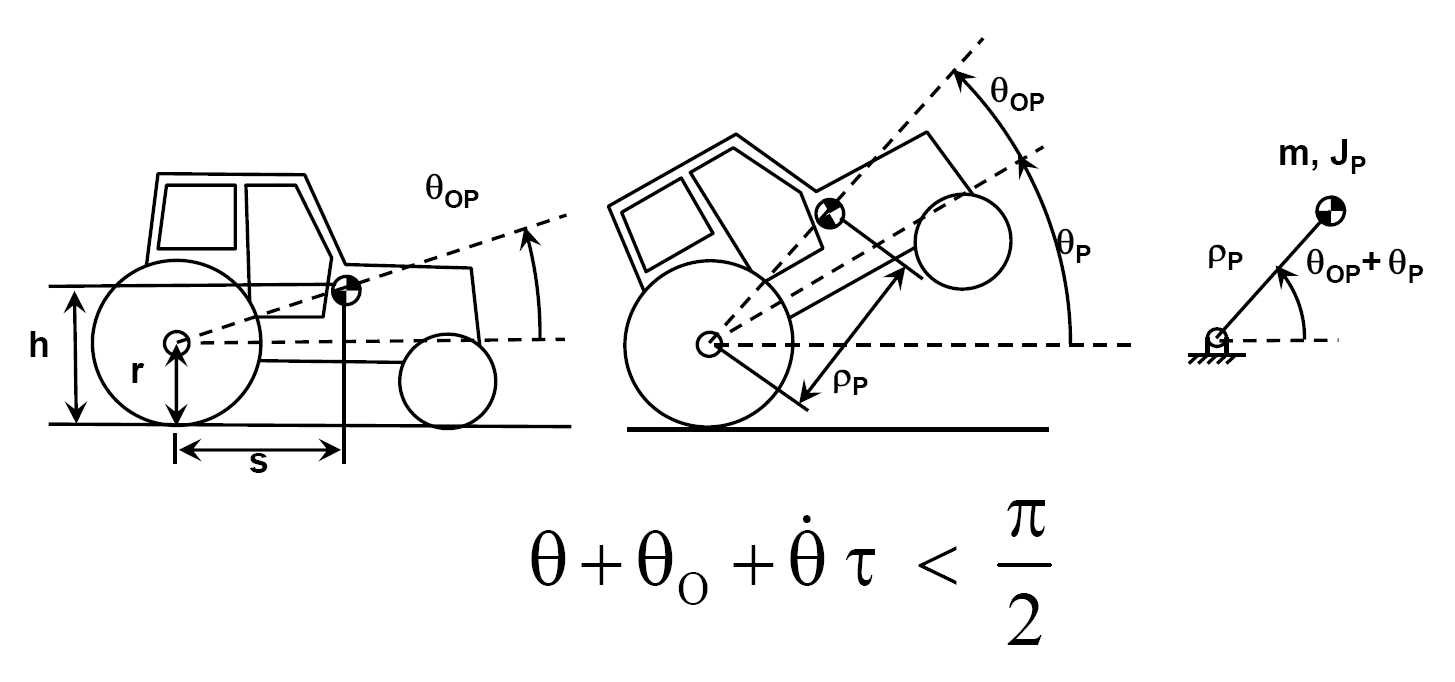
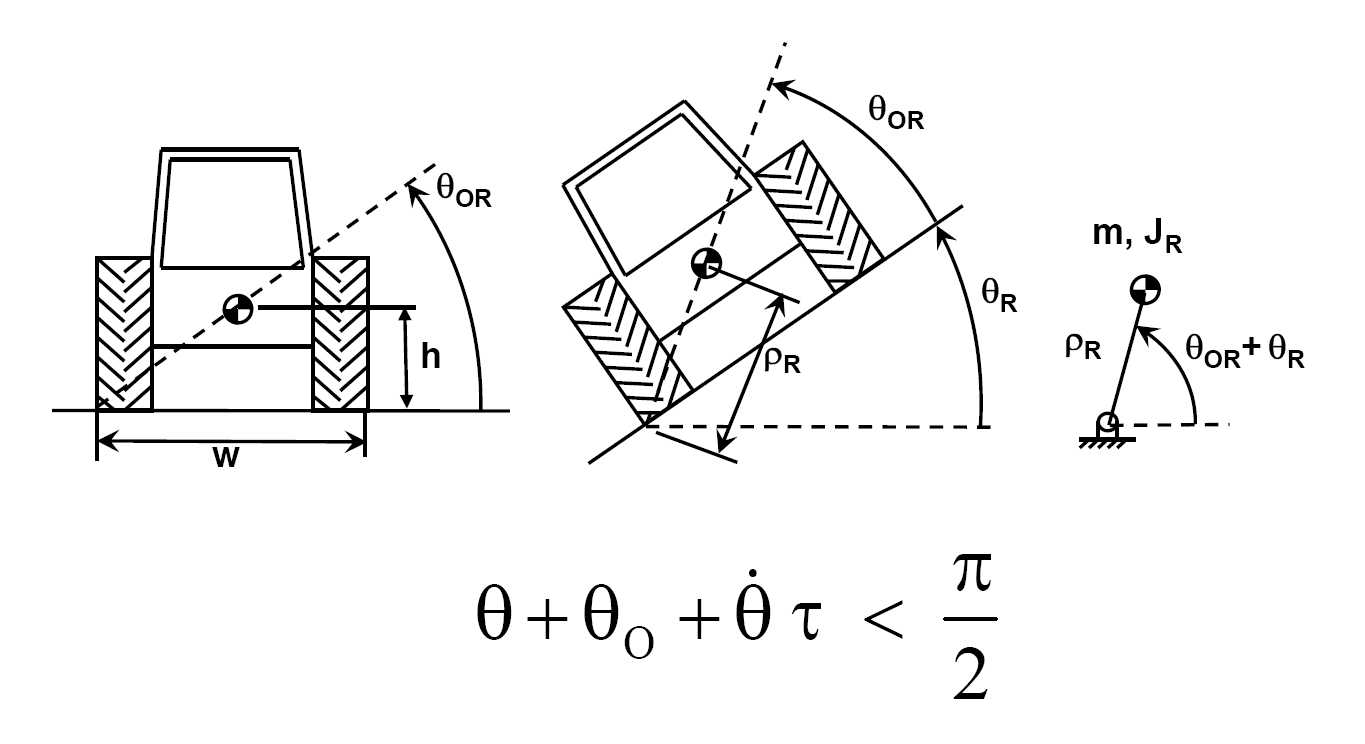
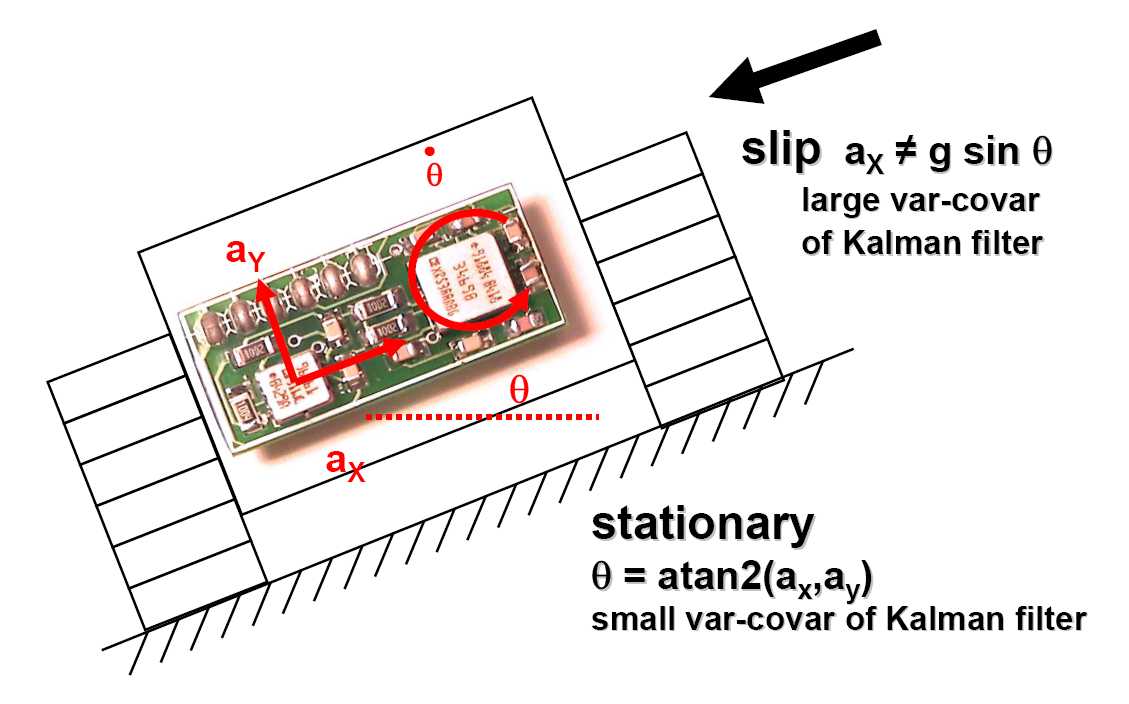
Body Position Recorder for Sleep Apnea
L. Sweer, H.J. Sommer
Sponsor - CIHDS
Measure body roll angle during sleep
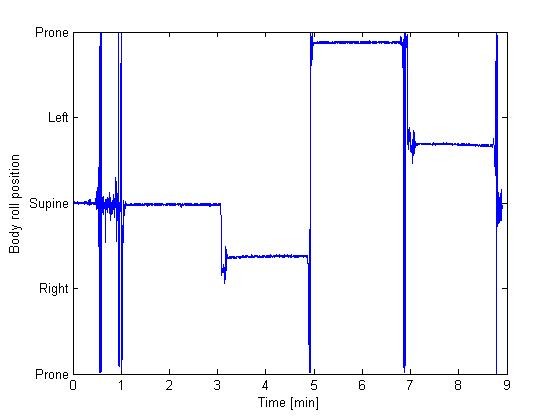
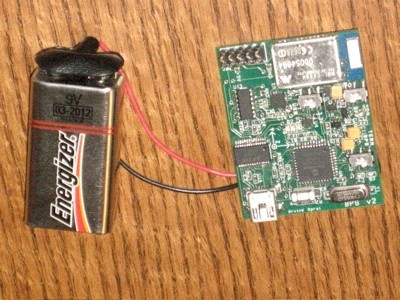
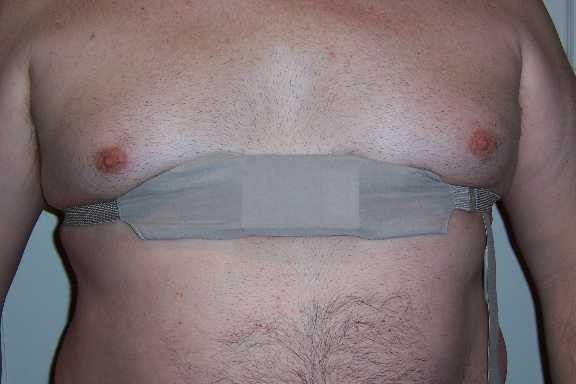
Solid Strut Motion Platform
H.J. Sommer
Sponsor - NSF, NIST
Stewart-Gough platforms use six extensible struts between the base
and platform to control six degrees-of-freedom (DOF) of platform motion.
Traditional applications include ride simulators and mulitaxis machining.
A novel solid strut platform (SSP) was constructed to investigate
workspace/velocity design constraints and vibration suppression using
redundant Stewart-Gough actuators. Current work addresses conversion to MEMS scale.
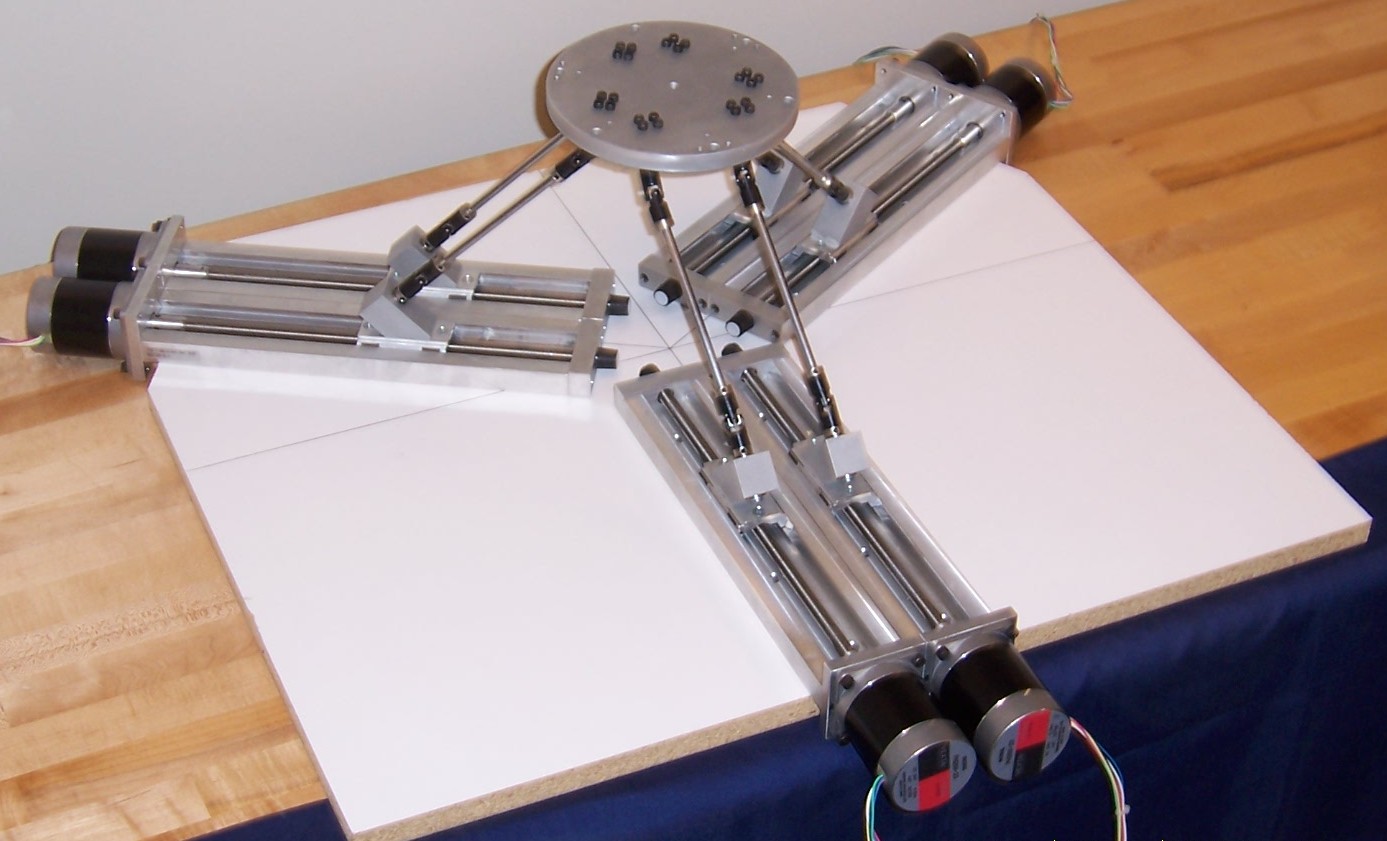
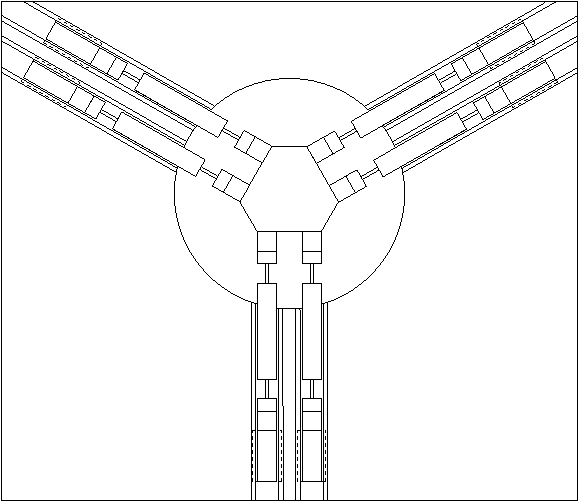
Portable Biomechanical Assessment Suite (PBAS)
H.J. Sommer
Sponsor - NIOSH Morgantown
The ultimate goal of this project is to help reduce the incidence of musculoskeletal disorders related to occupational lifting. While laboratory methods in biomechanics have been developed to predict musculoskeletal forces during lifting, input data (body motion and external forces applied to the body from the floor and payload) require special instrumentation that is not portable to the workplace.
The specific goal of this project is to develop a prototype suite of sensors that can be worn in the workplace to quantify repetitive loading on the lower back (magnitude of forces and their time history) during occupational lifting during a given work day. This loading information can then be used to develop intervention strategies. A prototype Portable Biomechanical Assessment Suite (PBAS) will be developed to measure body motion and external loading in unstructured field conditions. The PBAS will be able to be worn unobtrusively by a worker during a normal work day.
video
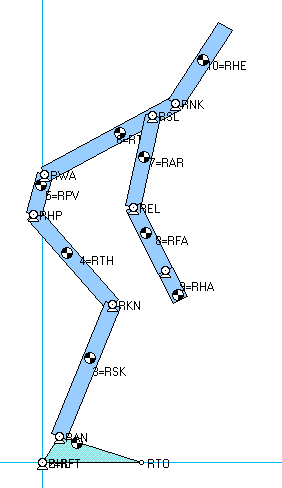
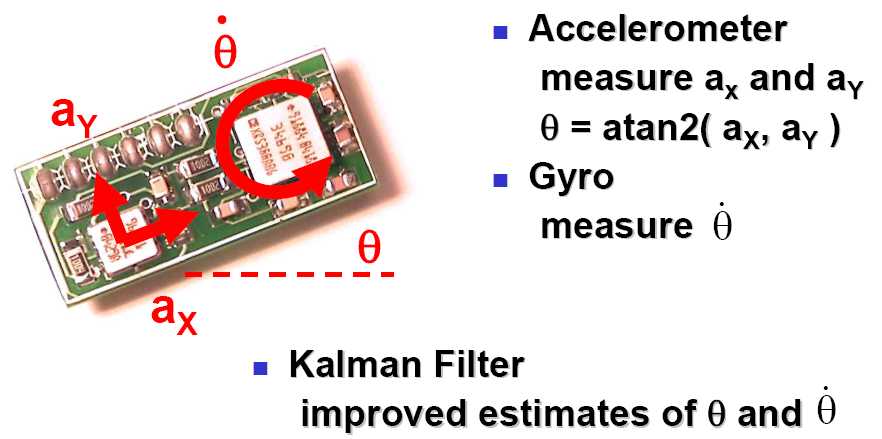
Instrumentation for Farm Tractor Overturn
D.J. Murphy, H.J. Sommer
Sponsor - NIOSH
Although roll-over protection systems (ROPS) are now
mandated for farm tractors, tractor overturns cause
approximately 400 deaths per year in the United States.
This project developed new cost-effective combinations
of sensors and microprocessors to detect impending
side overturn, overturn of tractors with attached implements
and operator display ergonomics and psychology.
Click on photos for more details.
FY01
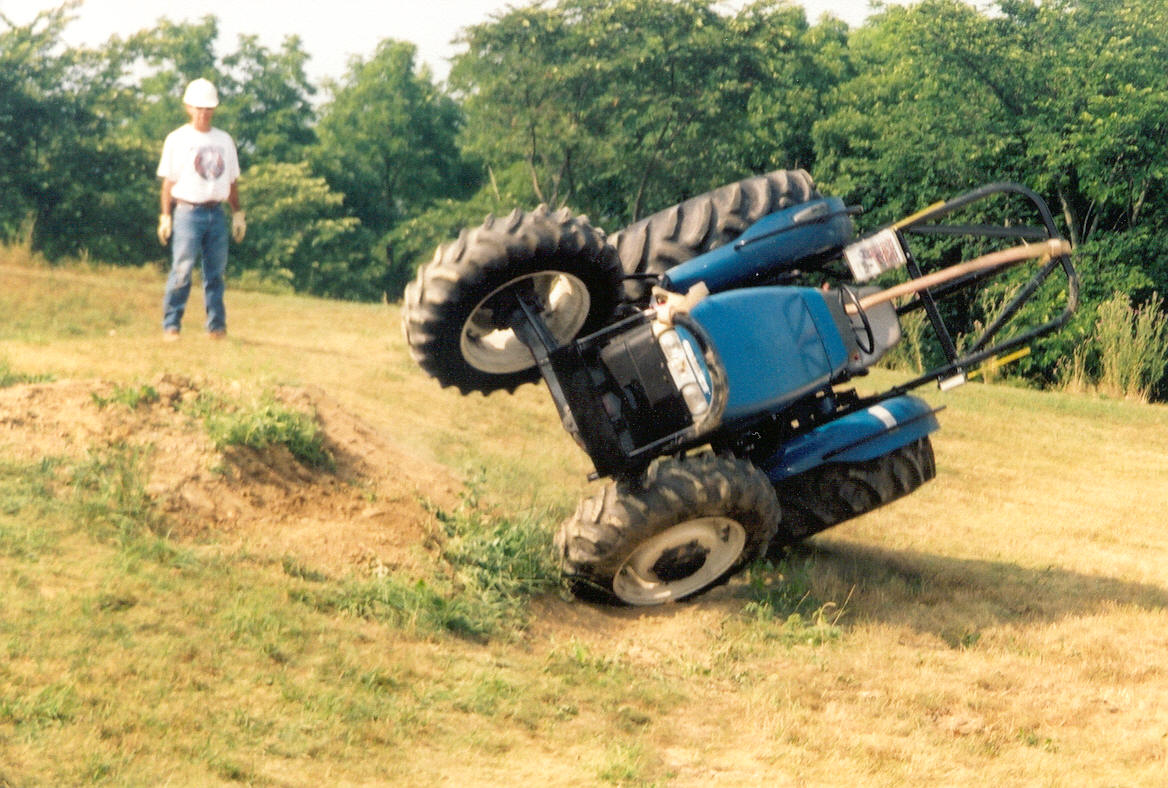 FY02
FY02
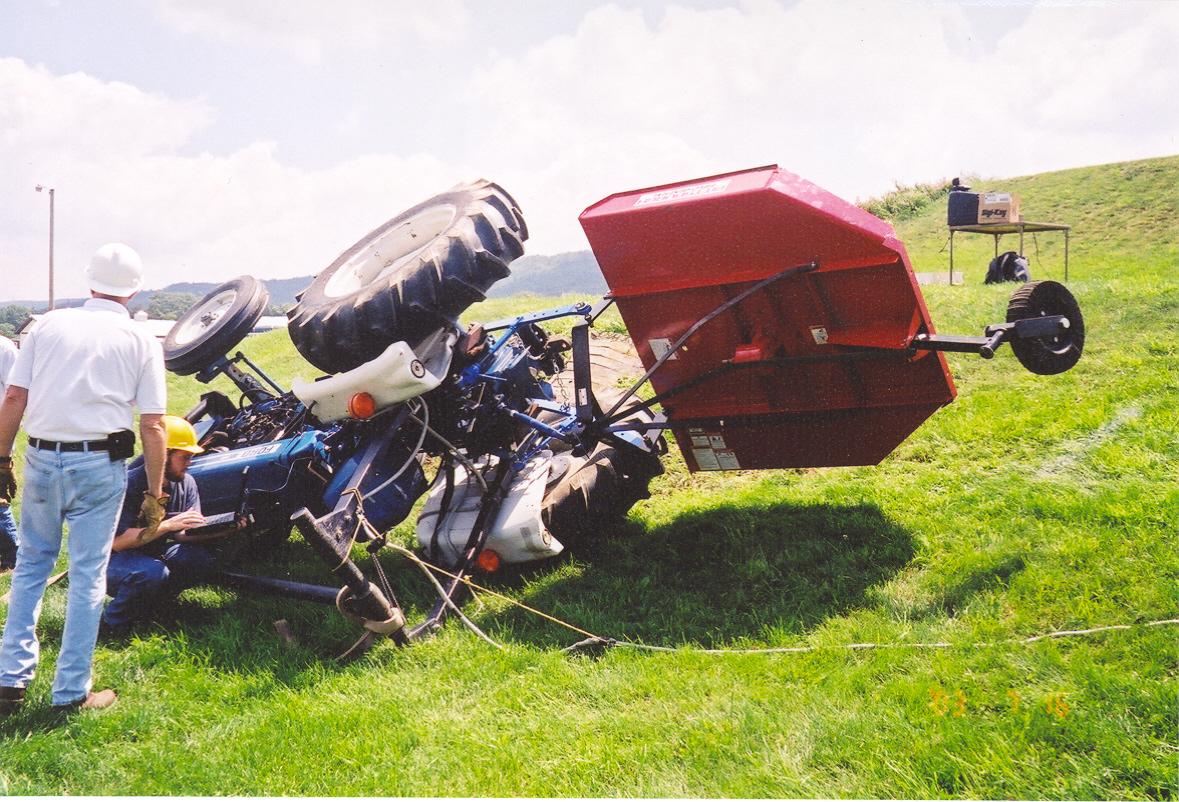 FY03
FY03
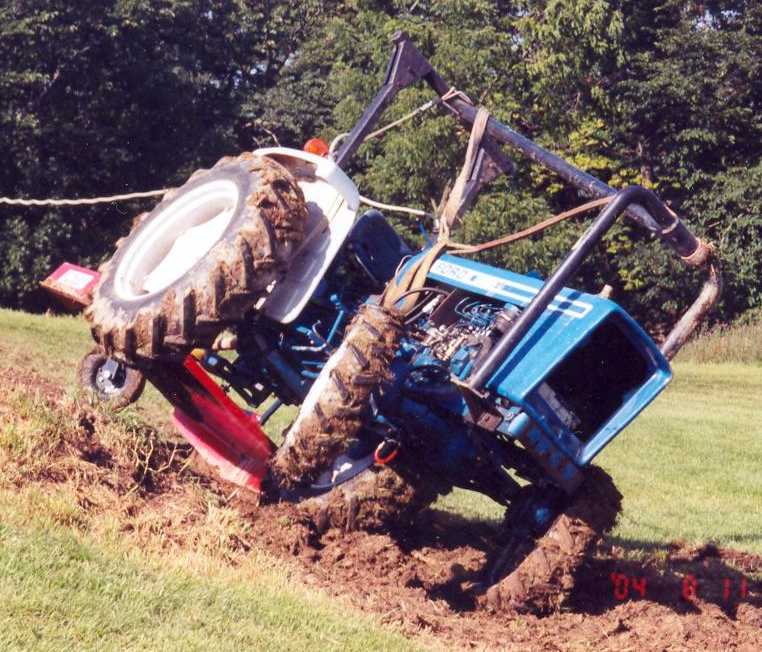
FY04
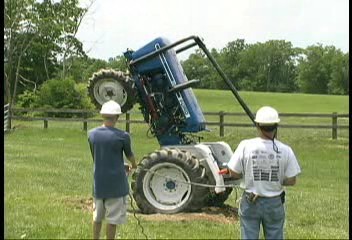 FY05
FY05
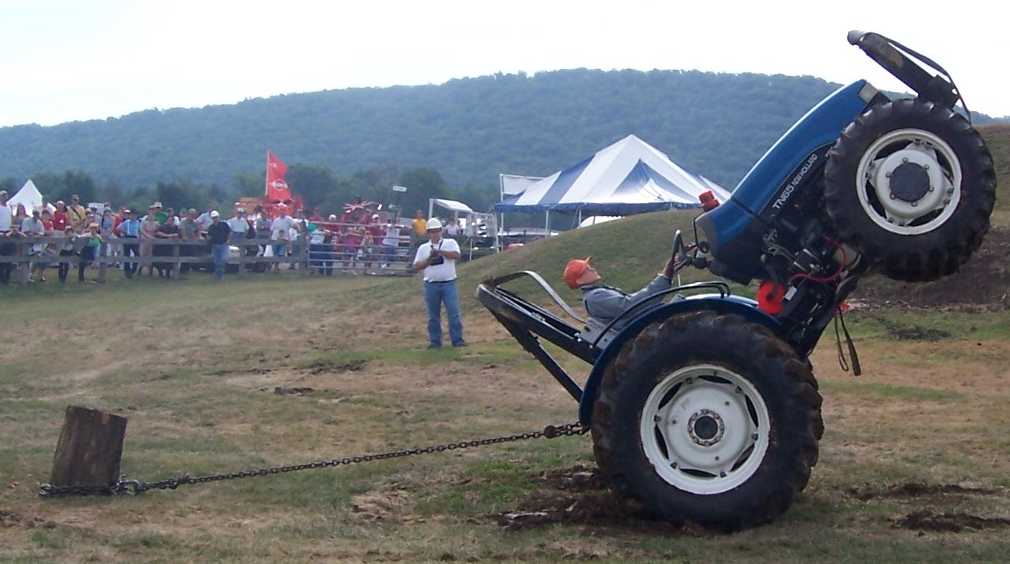
In-Vehicle Noise Generated By Rumble Strips
E. Donnell, H.J. Sommer, P.J. Garvey
Sponsor - National Cooperative Highway Research Program/Midwest Research Institute
The goal of this project was to assess the efficacy of current rumble strip designs.
A sound-level meter (SLM) and GPS unit respectively measured in-vehicle
noise and vehicle motion (speed and angle of departure) while passenger cars were
driven onto rumble strips in the road shoulder at highway speeds. Approximately 1000
locations in six different states were tested and sound level was correlated to strip length/width/depth/spacing and vehicle speed.
Microprocessor Assessment of Postural Stability and Tremor
H.J. Sommer
Repeatable measurement of postural stability during quiet
standing is particularly important to assess proclivity to falling
in the elderly and to monitor postural effects of peripheral
neuropathy in the diabetic foot. Unfortunately, traditional methods
to assess postural stability such as timed stance tests and force
plate center-of-pressure (COP) measurements are either subjective
or expensive and not portable. To this end, dual axis MEMS accelerometers
have been interfaced to microcontrollers to record supracranial
accelerations and compute postural stability indicators. The same
hardware is being adapated to quantify temor for assessment of
neurological disorders.
Identification of Dynamic Nonlinearities in Robots for
Predictive Maintenance
H.J. Sommer
Sponsor - PSU ARL
Identification of dynamic nonlinearities in robot
joint drives using the Hilbert transform and internal
excitation is being studied for predictive maintenance. Over
long periods of operation, backlash and Coulomb friction in
joints increase due to wear. If these nonlinearities can be
monitored at periodic intervals, robot maintenance schedules
can be predicted more reliably. The differences between the
Fourier and Hilbert transforms of joint drive performance on
a SCARA industiral manipulator were correlated to
artificially induced changes in backlash and friction.
Numerical simulations, experiments on a simple spring-mass-damper
and experiments on a prototype two-link manipulator have shown
that Fourier versus Hilbert transform differences
can identify the presence, magnitude
and location of changes in Coulomb friction.
Locomotion in Microgravity
P.R. Cavanagh, H.J. Sommer
Sponsor - NASA Johnson Space Center
Significant losses in bone density and mineral content
in the lower extremities have been reported following
prolonged weightlessness. Recent investigations suggest
that mechanical influences such as bone loading and strain
rate may be critically important to stimulate new bone
formation. A ground-based microgravity simulator was
developed to investigate which factors affect limb loading
during tethered treadmill exercise. The microgravity
simulator incorporates a supine suspension system, an
instrumented vertical treadmill and a gravity replacement
harness to load the subjects horizontally into the
treadmill. Ongoing tests using the simulator address
exercise protocols as countermeasures for hypokinetic
osteoporosis. This work supports the Treadmill
Vibration Isolation System (TVIS), a free-floating powered
exercise treadmill, as part of ongoing Risk Mitigation Experiments
(RME) on STS-81 and the International Space Station (ISS).
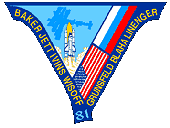
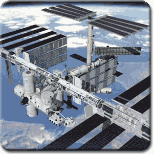
Measurement of Six Degree-of-Freedom TVIS Motion
H.J. Sommer, P.R. Cavanagh, D.R Lemmon
Sponsor - Krug Life Sciences for NASA Johnson Space Center
The Treadmill Vibration Isolation System (TVIS) is a
free-floating powered exercise treadmill designed
to mitigate hypokinetic osteoporosis of the lower limbs
during prolonged spaceflight. Two studies were conducted
to measure all six degrees-of-freedom (6DOF) of TVIS motion
during use on STS-81 and during ground tests at NASA Houston.
Measurement of TVIS motion on STS-81 employed nonlinear
stereophotogrammetry using sequences of video images from
camcorders. Ground tests used a novel 6DOF Instrumented
Spatial Linkage (ISL) developed and constructed at Penn State.

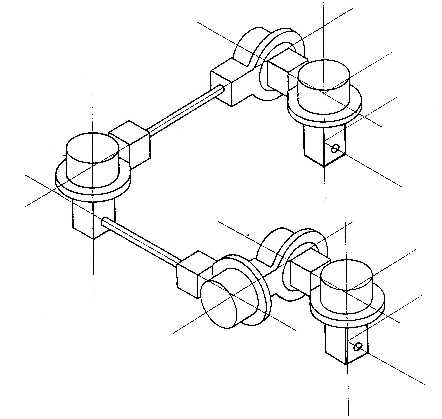
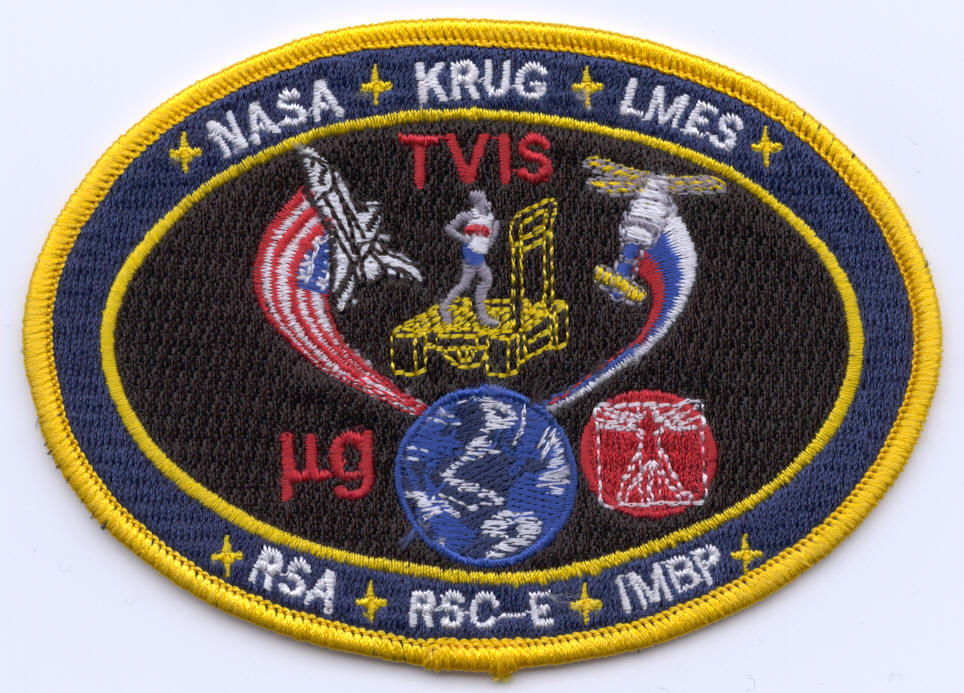
Sling Forces on Aircraft Caused by External Payloads
H.J. Sommer, J.M Cimbala
Sponsor - Boeing Helicopter
Aerodynamic drag on external payloads carried by
slings under aircraft can impair aircraft handling and
reduce stability, particularly due to self-excited limit cycle yaw
oscillations (SELCYO) of the payload. Laboratory wind tunnel drag
test data from scale models of typical external payloads were
combined with analytical modeling of sling motion to predict
sling forces and yaw instability. The predictions were
validated by wind tunnel tests of scale models of external
loads suspended with scaled slings.
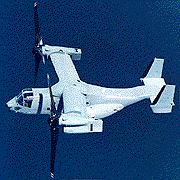
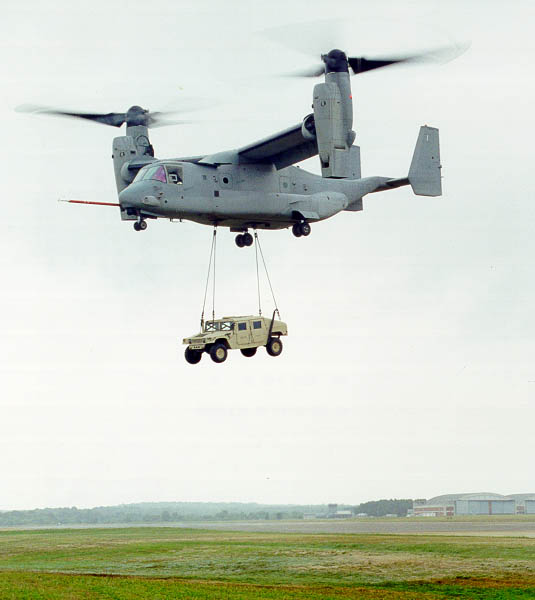
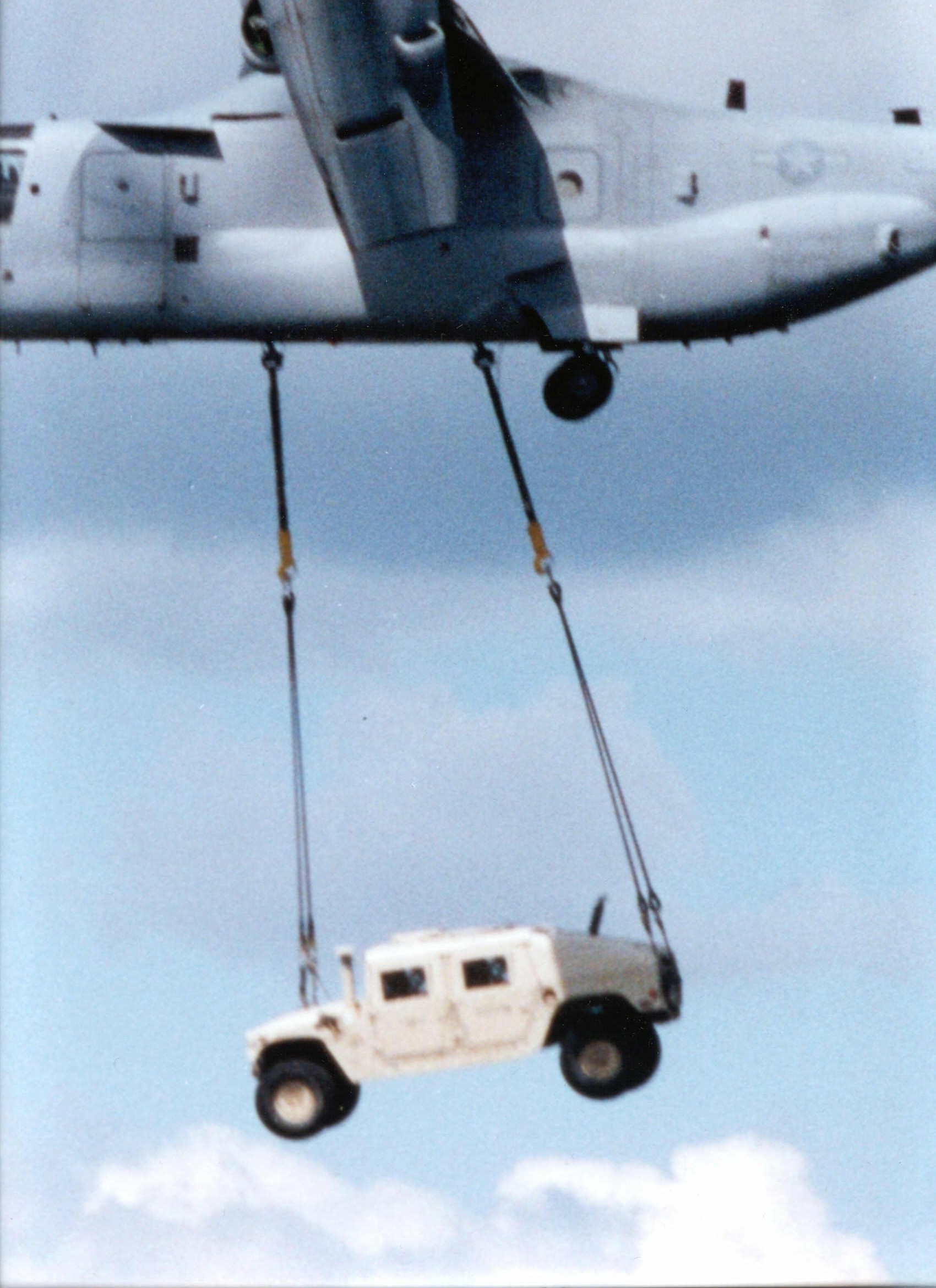
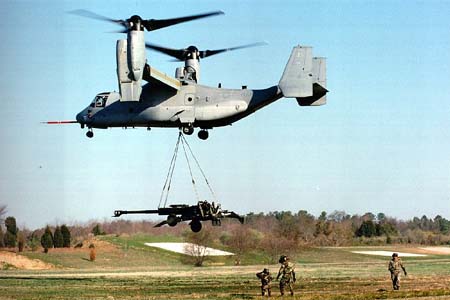
Directed Seismic Vibration for Crowd Dispersal
H.J. Sommer
Sponsor - ARL Institute for Non-Lethal Defense Technology
A feasibility study of inducing ground vibration to
disperse crowds was conducted. Capabilities of
commercial-off-the-shelf (COTS) technologies including
vibroseis trucks used in geological prospecting and
industrial compactors and breakers used in heavy construction
were compared to seismic vibration levels required to
frighten personnel yet not cause collateral damage to
pavement and structures.
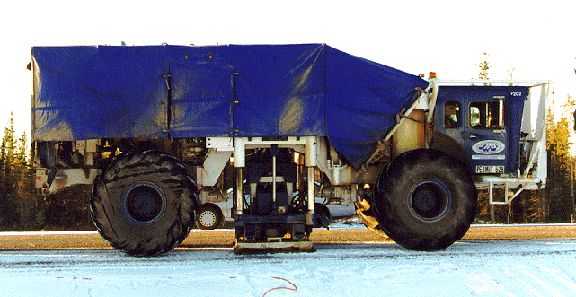
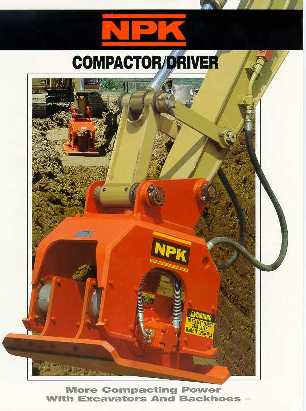
Standardized Testing of White Food-grade Belts
P.N. Walker, H.J. Sommer, M. Toda
Sponsor - Hershey Foods
An industry survey of current ASTM, ISO, DIN and internal
test standards was used as a basis for competitive
evaluation of belt suppliers.
In-vivo Poroelastic Material Properties of the Subcalcaneal Pad
H.J. Sommer, P.R. Cavanagh
Finite element analyses (FEA) of the foot/shoe
interface require accurate material properties. This project was a pilot study
to use DANTE MRI to visualize a tagged grid within the
subcalcaneal fat pad before a known surface loading was applied.
Numerical comparison of the deformed DANTE grid to
homologous FEA deflections allowed iterative
estimation of in-vivo material properties using
Levenberg-Marquardt algorithms. The technique was validated
on hyperelastic foam coupons.
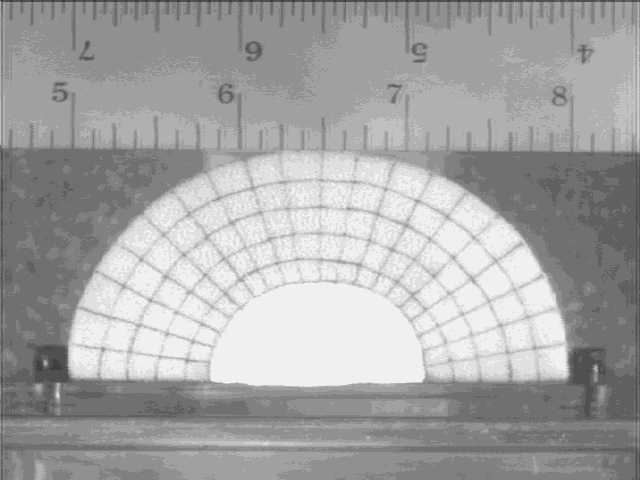
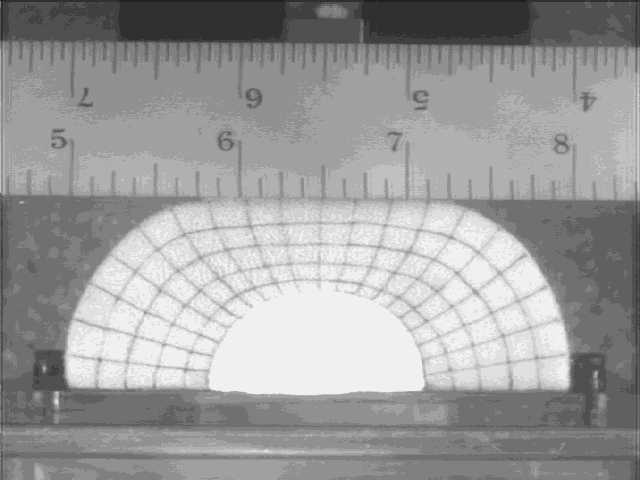
Three Dimensional Normative Databases of Muscle Origins and
Insertions of the Lower Extremities
H.J. Sommer, T.M. Kepple
Sponsor - NIH
In-vivo lines of action for muscles can be predicted by
filming the motion of external markers attached to palpable
landmarks on subjects during locomotion. This requires a
database of three-dimensional (3D) locations of muscle
origins and insertions relative to palpable landmarks.
Unfortunately, the number of skeletal specimens used to
accumulate existing databases of 3D origin and insertion
locations for the lower extremities were relatively limited.
To this end, 3D locations of muscle attachments on the
pelvis, femur, tibia/fibula, and foot were accurately
digitized for 52 dried skeletal specimens from the Terry
Collection of the Smithsonian National Museum of Natural
History. Thirteen specimens each were selected within four
gender/race categories with representative stature.
Normative 3D databases developed from these landmark data
statistically extend currently available 3D databases by an
order of magnitude. These new data better describe expected
gender/race variation and provide better effective lines of
action for muscle which wrap over boney structures.
Single Beam Laser Vibrometer
H.J. Sommer, M.W. Trethewey
Sponsor - NSF
Prior work on multiple beam laser vibrometers for
simultaneously measuring range, pitch and roll of a moving
reflective target was extended to use a single laser beam
and two transparent position sensing photodetectors.
Calibration of the new single beam vibrometer with
traditional Marquardt methods and with artificial neural
networks compared favorably to previous dual beam vibrometer
precision and accuracy. Additional electronics were
developed to modulate the laser beam and remove the effects
of background illumination.
Machine Vision Inspection of Apples, Potatoes and Mushrooms
P.H. Heinemann, C.T. Morrow, H.J. Sommer
Sponsor - State Horticultural Association of PA
A variety of novel lighting techniques and machine
vision algorithms were developed to grade apples, potatoes
and mushrooms. Grading was based on optical inspection and
numerical quantification of overall shape, size, color and
surface blemishes. The shape/size/color/blemish data were
then combined to assign an overall quality grade.
Traditional linear classifiers, expert system rules and
artificial neural networks methods for assigning grades were
compared to USDA inspectors with excellent correlation.
Laboratory hardware and PC based software were
upgraded for on-line field use.
Adjustable Prosthetic Sockets using Shape Memory Alloys
H.J. Sommer
Between 60 to 80 percent of amputees typically report
inadequate fit between their residual limb and their
prosthetic sockets particularly as the residual limb
atrophies. While this lack of fit can be addressed by
thicker and thicker stump socks, many amputees require
adjustment or complete replacement of the socket every two
to five years. This project demonstrated the technical
feasibility of using socket walls with embedded Nitinol
shape memory alloy wire. The wire was stretched to ten
percent plastic elongation before being wrapped around the
outer socket wall. Subsequent electrical heating of the
wire was able to produce four percent diametral reduction of
the socket to allow on-line refitting



























 FY02
FY02
 FY03
FY03

 FY05
FY05













